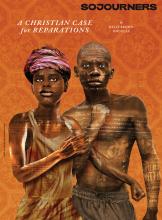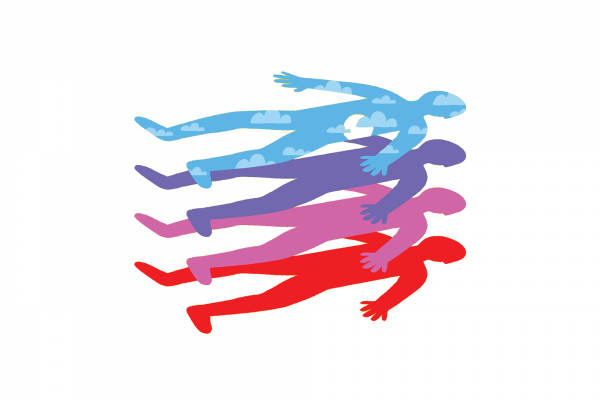AS WE SAT in the third row of the movie theater, dread washed over me. Would my neck survive this two-hour Spike Lee Joint? I leaned against my non-plush movie seat and looked up at BlacKkKlansman, laughing, gasping, and, as always, appreciating Lee’s cinematography.
Then, in the final frames of the film, Lee broke the fourth wall to speak directly to his audience. In an instant, we were transported from 1970s Colorado Springs to Aug. 12, 2017, Charlottesville, Va.
My body seized up. Even as my fingers peck out these words, my body is charged with energy. I was there. Hundreds of faith leaders offered public witness in Charlottesville that day. We declared to the world, “There is another way!” Among many other people, 80 priests, pastors, imams, rabbis, and faith leaders walked arm-in-arm to what was then called Lee (now Emancipation) Park, where white supremacists were protesting the removal of a statue of Confederate Gen. Robert E. Lee. We found men armed with AR-15s, guarding “their” turf.
Read the Full Article

